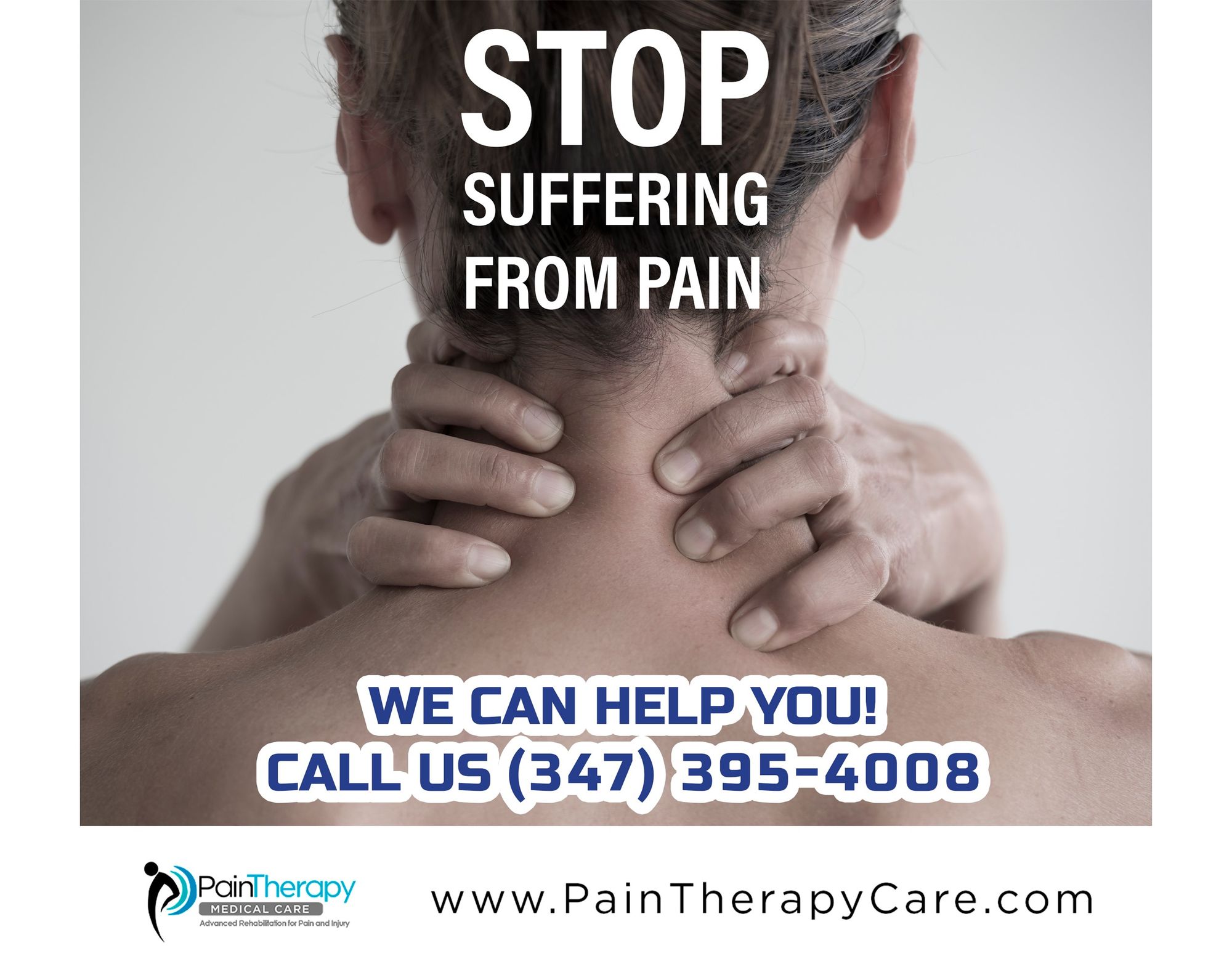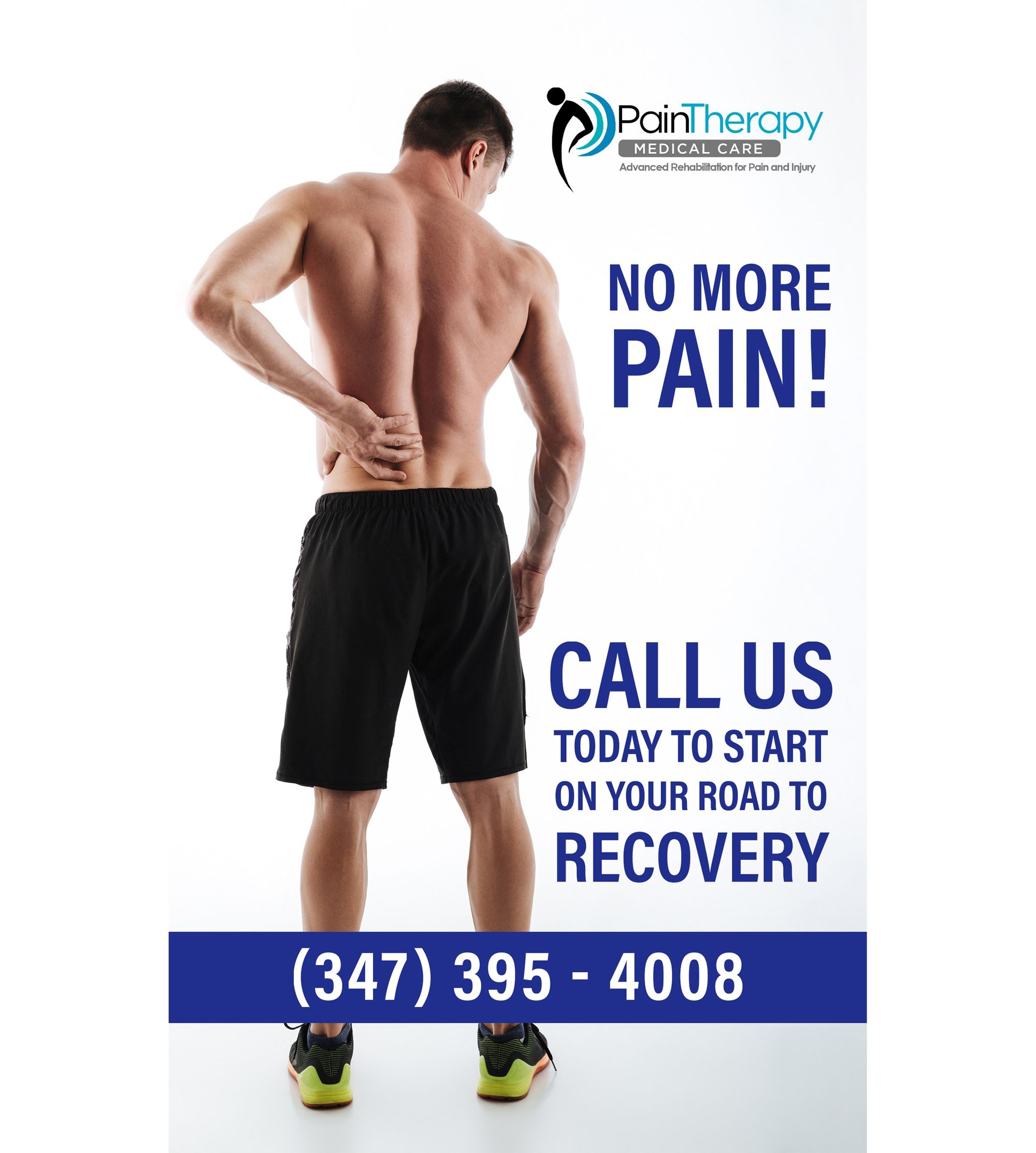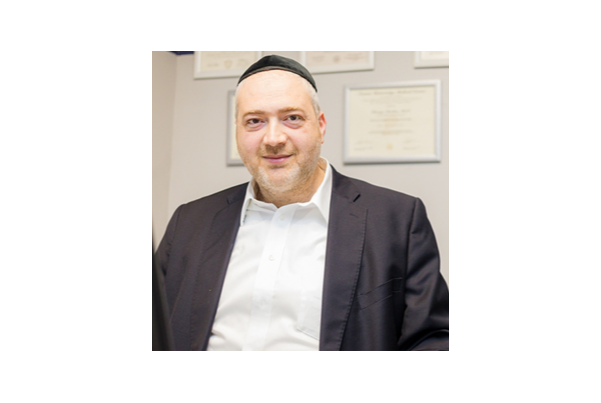Interested in starting your own entrepreneurial journey in health and wellness but unsure what to expect? Then read up on our interview with Dr. Henry Sardar, D.O., Owner of Pain Therapy Medical Care, located in Brooklyn, NY, USA.
What's your business, and who are your customers?
Pain Therapy Medical Care is a medical practice that focuses on providing pain management services to patients. We specialize in the treatment of a variety of chronic pain conditions, including back pain, neck pain, joint pain, neuropathy, and knee pain, among others.
Our customers are individuals who are seeking relief from chronic pain. They may include individuals who have experienced an injury or have a medical condition that causes ongoing pain, as well as those who have not found relief from other treatments.

Tell us about yourself
I obtained my medical degree in Osteopathic Medicine from the New York College of Osteopathic Medicine. After that, I completed an Interventional Pain Management Fellowship at Seashore Ambulatory Center and a Physical Medicine & Rehabilitation Residency Program at the Nassau University Medical Center. I have received board certification in PM&R and Pain Management from the American Osteopathic Board of Physical Medicine and Rehabilitation and the American Board of Pain Medicine.
I'm a licensed physician in both the States of New Jersey and New York. I also hold an Acupuncture license granted by the State of New York. Additionally, I'm certified in Manipulations under Anesthesia (MUA) and Advanced Cardiac Life Support (ACLS). I currently run a Pain Therapy Medical Care Clinic in Brooklyn, New York, which offers a broad spectrum of conventional, advanced, and complementary pain management techniques.

What's your biggest accomplishment as a business owner?
Advances in technology have played an important role in the field of pain management, and there are several technologies that have been developed to help manage pain. Here are a few examples:
• Shockwave Therapy: Shockwave therapy involves the use of high-energy sound waves to promote healing and reduce pain. This therapy is often used to treat musculoskeletal conditions, such as plantar fasciitis and tennis elbow.
• Laser Therapy: Low-level laser therapy (LLLT) involves the use of low-intensity lasers to promote tissue repair and reduce pain. This therapy is often used to treat conditions such as osteoarthritis, back pain, and neck pain.
• Class 4 Laser Therapy: Class 4 laser therapy uses a higher intensity laser than LLLT and is often used to treat more severe pain conditions. This therapy is often used to treat chronic pain, arthritis, and other musculoskeletal conditions.
• PEMF Therapy: Pulsed electromagnetic field (PEMF) therapy involves the use of electromagnetic fields to promote healing and reduce pain. This therapy is often used to treat conditions such as osteoarthritis, fibromyalgia, and chronic pain.
Overall, these technologies represent important advances in pain management that can provide effective relief for patients suffering from a variety of pain conditions. It's important to note, however, that not all of these therapies are appropriate for every patient, and you should always consult with a healthcare professional before pursuing any new pain management treatment.
What's one of the hardest things that comes with being a business owner?
For me, staffing is one of the challenges of being a business owner.
What are the top tips you'd give to anyone looking to start, run and grow a business today?
Running a successful medical practice requires a combination of clinical expertise, business acumen, and patient-focused care. Here are three tips for running a successful medical practice:
- Focus on Patient Satisfaction: Patients are the lifeblood of any medical practice, and their satisfaction should always be a top priority. This means providing excellent customer service, taking the time to listen to patient concerns, and ensuring that patients feel heard and valued. It's also important to provide a comfortable and welcoming environment and to communicate clearly with patients about their treatment options.
- Prioritize Practice Management: Effective practice management is key to running a successful medical practice. This includes managing finances, staffing, and other administrative tasks, as well as ensuring that the practice is in compliance with all applicable regulations and laws. Effective use of technology can also be a critical component of practice management, including electronic health records, appointment scheduling software, and other tools that can streamline administrative tasks and improve patient care.
- Continuously Improve Clinical Skills: Medical knowledge and techniques are constantly evolving, and it's important for medical professionals to stay up-to-date on the latest research and clinical best practices. This means pursuing continuing education and professional development opportunities, collaborating with other healthcare professionals, and seeking out new tools and technologies that can improve patient outcomes.
Where can people find you and your business?
Website: https://paintherapycare.com/
Facebook: https://www.facebook.com/henrysardarDO/
Instagram: https://www.instagram.com/paintherapycare/
LinkedIn: https://www.linkedin.com/in/henry-sardar-16559717/
If you like what you've read here and have your own story as a solo or small business entrepreneur that you'd like to share, then please answer these interview questions. We'd love to feature your journey on these pages.
Turn your craft into recurring revenue with Subkit. Start your subscription offering in minutes and supercharge it with growth levers. Get early access here.
